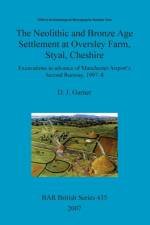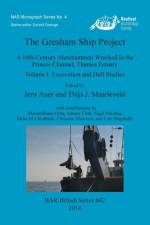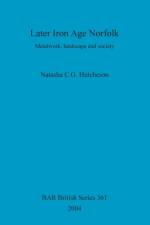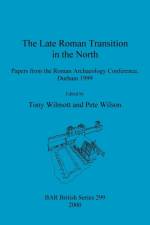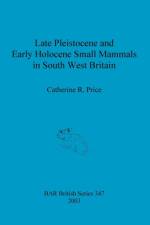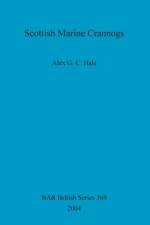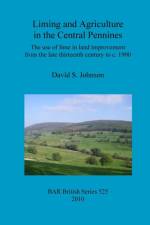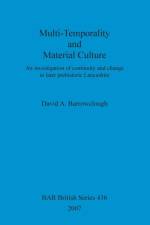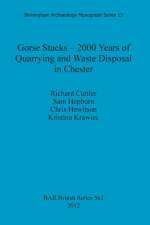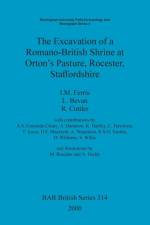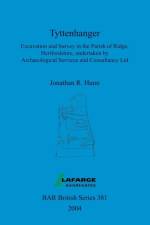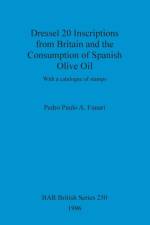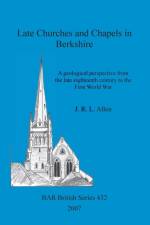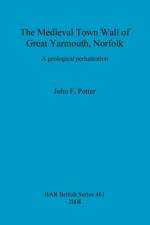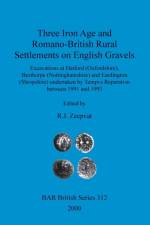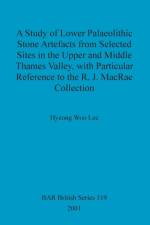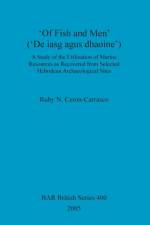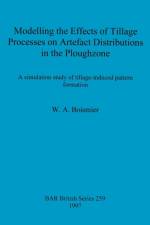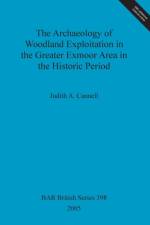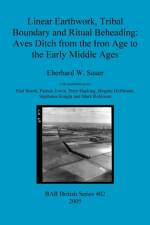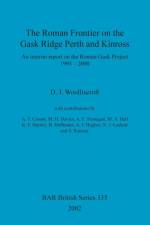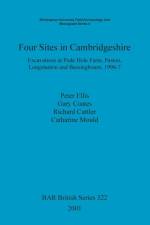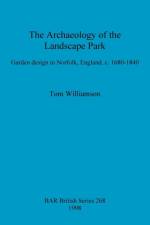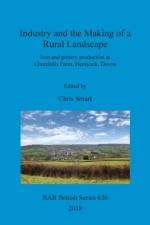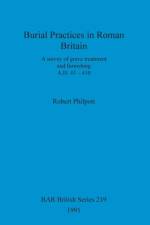- Excavations at Hatford (Oxfordshire), Besthorpe (Nottinghamshire) and Eardington (Shropshire) undertaken by Tempvs Reparatvm between 1991 and 1993
91,00 €
The three Iron Age and Romano-British sites presented in this volume demonstrate the implementation of the structured approach to developer-funded contracts promoted by PPG16. Investigation proceeded from desk top study with air-photo analysis, geophysical examination and fieldwalking, to intrusive evaluation and, finally, excavation. These processes are now commonplace, but in the late 1980s and early 1990s, when the sites under discussion in this book were being investigated, they were new and even controversial. Many regarded this new 'business-based' approach to funding and negotiation (under PPG16 rules) with some distaste and even hostility. Nevertheless, they soon came to adopt at least some of the new practices and began to undertake developer-funded contracts. The volume reviews the story behind this development.With contributions by Paul Booth, Robert Bourn, M. Charles, Phil Collins, Barbara Davies, John Davies, Daryl Garton, J. F. Hamshaw-Thomas, Jonathan R. Hunn, David Jordan, Alison Locker, Rajka Makjanic, Graeham Mounteney, James Rackham, Jane Sandoe, James Symonds, P. Wagner and Angela Wardle



